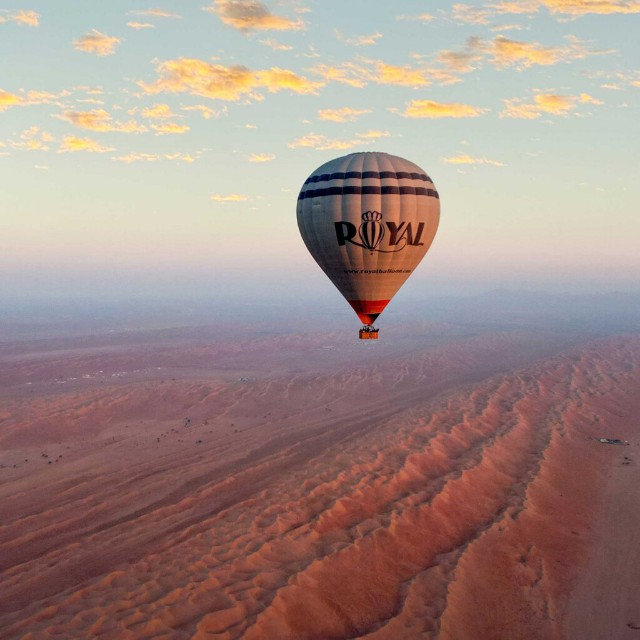
I actually rode one and tested the riding experience
Camels have supported people’s lives for centuries in the desert regions of the Arabian Peninsula. Walking gracefully through the scorching desert and carrying heavy loads across long distances, they truly deserve to be called “ships of the desert.” While they’re now popular as tourist attractions, their unique riding experience is more dynamic than you might imagine. Today, I’ll share the details of my camel riding experience in Oman’s Sharqiya Desert (also known as Wahiba Sands), including its charms and important considerations.
The Deep Bond Between Bedouins and Camels

Camels integrated into Omani society
Bedouins are Middle Eastern peoples known as nomads who have lived desert lives alongside camels. For them, camels are not merely means of transportation but valuable livestock that provide milk and fur—truly life companions. In the harsh desert environment, camels are indispensable for survival.

At the home of Bedouins, the desert people
This time, I had the opportunity to be invited to a Bedouin family’s home near the Sharqiya Desert. Upon arrival, I was first welcomed with fragrant traditional Arabic coffee and dates as sweet as honey. While having multiple refills of coffee, we enjoyed fascinating conversations about desert life. I heard valuable stories about the transition from traditional nomadic life to modern settled life, and changes in relationships with camels. During our chat, when the topic of their carefully raised camels came up, they warmly invited me: “Would you like to try riding one if you’re interested?”
Meeting the Bactrian Camel

When we went outside, an elegant two-humped camel was waiting for us. Getting closer, I found myself captivated by its long eyelashes. The way they fluttered with each blink had an unexpectedly alluring charm. The way it looked at us with large eyes was somehow endearing, easing the nervousness I initially felt.
How to Mount a Camel

On the camel’s back, a saddle made of carpet-like material is placed between the humps. First, you approach the camel while it’s completely seated and straddle the saddle. Even though it’s sitting on the ground, the height of its back is greater than expected. Feeling a bit nervous, I carefully straddled it with help from the Bedouin. Once mounted, I was instructed to grip the saddle handles firmly.

First, only the back legs stand up
What happened next far exceeded my imagination in a surprising turn of events. When the Bedouin gave a distinctive vocal signal, my body suddenly tilted forward. The shock was so intense I almost cried out. This was the moment the camel extended its back legs and lifted its body. I frantically gripped the reins, but this wasn’t the end.

When the Bedouin gave the next signal, the camel extended its front legs and stood up completely. With a roller coaster-like floating sensation, I felt myself tilting backward. Before I knew it, I had risen to about 2 meters above ground. This two-stage standing process is apparently a characteristic of camel body structure.
The Actual Riding Experience

When the camel began walking, its characteristic gait caused my body to sway dramatically up, down, left, and right. It was like being in a small boat rocked by waves—a dynamic swaying motion. Initially I felt bewildered, but gradually I learned to surrender to the rhythm.
Gradually, this swaying became strangely comfortable. Like a baby’s cradle with its regular rocking motion, my body and mind began to relax. Gazing at the vast desert landscape while swaying along, I could truly understand why the term “ship of the desert” fits perfectly. However, those prone to motion sickness should be careful. Until you get used to this unique swaying, you might feel a bit queasy.
A special note for male riders: with each step, the front hump hits the groin area, which can be subtly painful. This was a blind spot no one warned me about beforehand. While you can alleviate it somewhat by adjusting your posture, unexpected pain can strike when you let your guard down.

Once you get used to it, you can maintain balance without holding the handles
Dismounting Characteristics
The desert walk ended and it was time to dismount. However, even here, camel-specific surprises awaited. Dismounting also involves a two-stage process, which is more dynamic than expected. First, when the camel bends its front legs, a sudden sharp forward tilt occurs.
Then, when it bends its back legs, there’s an impact like sudden braking. The seating position drops with such force that I almost tilted backward. Without gripping the handles firmly, I would certainly have been thrown off.
Safety Regarding Infectious Diseases
While such experiences are charming, infectious diseases have become a topic of concern in recent years. Middle East Respiratory Syndrome (MERS) in particular is known to be carried by dromedary (one-humped) camels. However, Bactrian (two-humped) camels commonly used for tourism generally pose low risk, so you can be reassured.
Nevertheless, considering risks of other infectious diseases, I recommend avoiding contact with camel bodily fluids and practicing hand washing and disinfection before and after riding. Especially if you have open wounds, thorough disinfection is necessary.
How Was It?
The camel riding experience was more thrilling and memorable than I had imagined. Its unique movements, height, and swaying are special things you can never experience with other vehicles. While it certainly involves initial bewilderment, surprise, and sometimes pain, all of this becomes part of precious memories.
Beyond just experiencing thrills, through interaction with camels deeply connected to Bedouin culture, you can touch upon aspects of desert people’s lives and wisdom. If you have the opportunity, I definitely recommend giving it a try.





